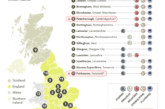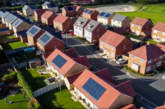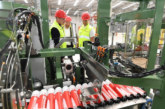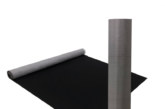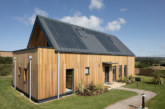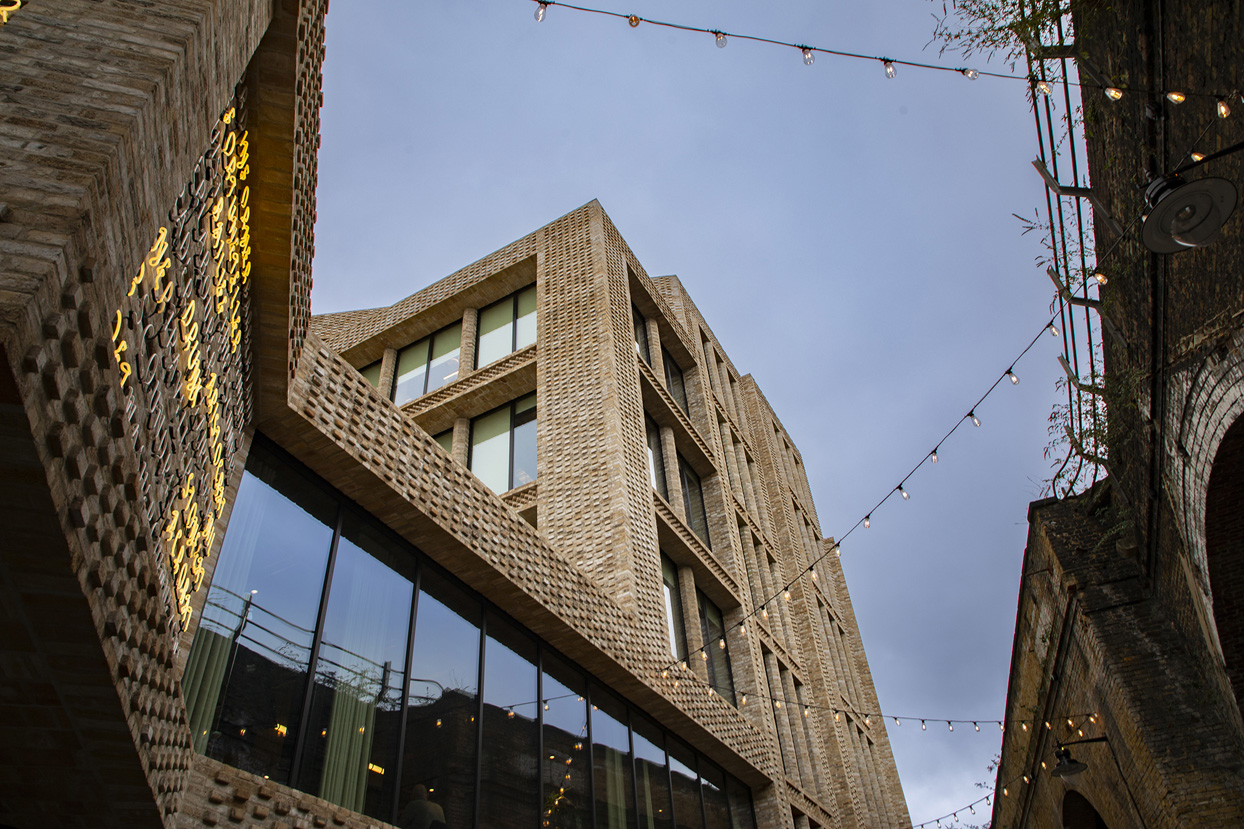
Ibstock Telling GRC, a recent addition to Ibstock plc, has responded to increased demand for supply-chain transparency with confirmation of two products that hold independently verified Environmental Product Declarations (EPDs).
The company, previously known as Telling Architectural, has achieved BRE Global Verified Environmental Product Declarations (EPDs) on two of its products: Standard GRC facade Panels and Brick Faced GRC Panels. The BRE EPD certificates provide full and independently verified data that details the environmental performance and impact of the product(s) over the course of its design-lifetime (100 years).
EPDs support a path to reducing carbon emissions from the built environment. An EPD is a voluntary, fully transparent, and well-established product declaration methodology that presents comparable and verified environmental life cycle performance information of product and services.
Drivers for sustainable change
Offering lower carbon products is part of its parent company Ibstock plc’s commitment to ‘dematerialisation’, aligning to one of three key themes in its ESG Strategy to 2030; Manufacturing Materials for Life.
“Architects, developers and contractors are increasingly conscious in their specification of products and how these impact on the sustainability credentials of their buildings,” said Ibstock Telling’s Director Mike Wood. “We know from our own research amongst customers and stakeholders that they value product transparency. Therefore, our investment in independent certification and sustainability information will help to inform their choices and guide their decision-making.”
Alternatives to standard pre-cast concrete
Ibstock Telling expects that its BRE Global Verified EPDs will be warmly welcomed by carbon-conscious specifiers seeking alternatives to standard pre-cast concrete. For every tonne of cement produced, there is 900kg CO2 emissions — this means that if the cement industry was a country, it would be the third largest emitter of carbon dioxide in the world[1]. As the built environment seeks to align with Net Zero Carbon targets by 2050, the company believes that a shift to more sustainable product specification is vital.
GRC panels are made in lightweight concrete sections created by a proprietary process of machine spraying an enriched OP cement and silica sand mix within which alkali resistant glass fibres and polymers combine to provide the engineered performance. Unlike steel, glass fibres will never rust and are consistent throughout the thickness of the profiles. GRC is approximately 80% lighter than pre-cast reinforced concrete cladding and 70% than traditional brick.
‘Accurate, data-driven specification’
Mike Wood believes verification through EPDs brings a whole host of benefits to the supply-chain: “Specifiers want to understand the long-term impact of the choices they make and EPDs are key to this process. With independently verified data available, it is so much easier to make accurate comparisons of the carbon footprint profiles of differing methods of construction.”
With strong environmental credentials including a lower carbon footprint than standard pre-cast concrete (which is achieved by reducing the CO2 emissions during manufacture and upon associated elements of the structure), the GRC facade panels’ performance figures speak for themselves. Based on the GWP (Global Warming Potential) and the 100-year assessed system life GRC is now certified as follows:
- Brick Faced GRC – 110 kgs/m2 = 55.20 kgs CO2
- Standard GRC 65 kgs/m2 = 26.60 kgs CO2
As a comparison, pre-cast concrete (200mm thick) produces 100+ kgs of CO2 per M2 taken over a 60-year design life. The full benefits of these savings are only available by embracing GRC early in the design and planning stages.
Cost advantages
Ibstock Telling reports that there are also cost advantages of specification of its GRC panels. When weight and height are factors, brick faced GRC becomes a realistic alternative to traditional brickwork or pre-cast. This delivers significant savings in the ground, the structural frame and in attachments/support methods.
CPD available
Ibstock Telling offers a CPD that outlines the sustainability credentials of Glass Reinforced Concrete GRC and Brick Faced GRC. To book a CPD presentation, please contact info@telling.co.uk
[1] https://www.economist.com/science-and-technology/how-cement-may-yet-help-slow-global-warming/21806083
Header image shows Ibstock Telling’s Brick Faced GRC Panels in situ.


